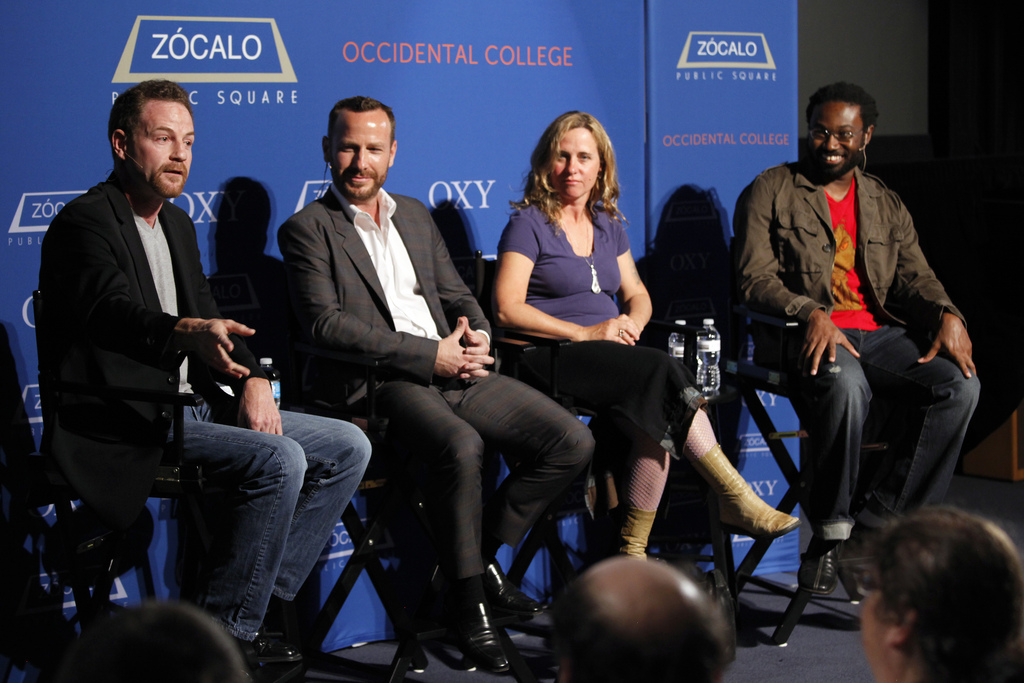
Since the 1600s, music has been a battleground in American culture. The Puritans made dancing illegal and destroyed a rival colony that encouraged people to play, listen, and dance to music. In the second half of the 20th century, rock ’n’ roll was supposed to put an end to democracy. But today, the music most Americans listen to isn’t subversive. At an event co-presented by Occidental College at the Downtown Independent, a panel of people who think, write, and talk about music and culture discussed whether popular music is a force for change in contemporary America.
The battle that began in the 1600s is not over, said Occidental College cultural critic James Ford. The subversion is just taking different forms. The question, he said, is how are we listening for this subversion? Take hip-hop, where every sound can be remade into something else. Artists sample Ronald Reagan’s speeches in their music so that he “literally critiques himself.”
Evelyn McDonnell, a longtime music critic, pointed to Pussy Riot in the Soviet Union and the harsh sentence they received as an example of how important music can be right now.
Did it matter, asked Thaddeus Russell, Occidental College historian and cultural critic and the evening’s moderator, that they were making music? Could a speech have gotten the same reaction?
McDonnell said that the medium did matter, and that if Pussy Riot had called their act performance art—which it is, in part—they would not have gotten anywhere near the same response.
Russell said that growing up in the 1980s, he felt like the political content of music lyrics was important. It no longer feels that way. Can music without an overtly political message still effect change?
Yes, said KCRW “Morning Becomes Eclectic” host Jason Bentley, pointing to his own history for an example. In 1988, he traveled to Europe and discovered the Acid House scene, a psychedelic interpretation of house music that was a pop phenomenon there. The music changed his life, spurring him to get involved in creating the house music and rave culture of Los Angeles—which brings together all sorts of people from different backgrounds around music. At a recent rave in New York, Bentley met one of Woodstock’s founders, who likened that contemporary scene to the one he’d created—a youth culture movement changing the world.
Can’t you argue, asked Russell, that raves are just a bunch of kids on drugs dancing in a warehouse? How are they changing the world?
“You’ve got to believe,” said Bentley. He got into dance culture because it created a place where everyone—gay, straight, black, white—was accepted. It’s a space where people come together. “There was just acceptance and unity, and it was within this world—this world had so much potential—and I think it’s in that that we felt like we could change the world,” he said.
Ford said that when we think about music most of the time, we’re thinking about to what extent a song or album is reaching a pre-established audience. But “the real question is, how does music create new groups of people, new collectives, new agendas on belonging?”
McDonnell cautioned that festivals seem to be places where people become simply weekend warriors. She worries that people think they can spend a weekend at Coachella partying and listening and meeting people, but then “they go back to the world, and they’ve had fun, and I don’t know if it’s changed them.” She said that festival lineups tend to be predominantly male, and with the exception of Jazz Fest in New Orleans, the festival scene tends not to be racially unifying.
In the question-and-answer session, the panelists talked about changing trends and technologies and the role of radio in culture today.
Music in the 1980s, said an audience member, sought to change the world explicitly—from Live Aid to N.W.A. Are artists like Daft Punk, Taylor Swift, and Tiësto really trying to change the world?
The world is changing, said Bentley—and music is a part of that, even if it’s simply creating togetherness. There’s no doubt, for example, that Tiësto “brings people together in a profound way,” regardless of how you feel about his music.
We’re numbed to subtlety today, said Ford. If we focus too much on the lyrics, we’re limiting what music can do. We need to be able to see other types of political agendas, to recognize when music is going in unusual places.
Why, asked another audience member, do the artists of the 1960s and 1970s still have such a hold on contemporary culture—including on young people today?
The ’60s and ’70s was a great era of music because the really great music was also popular, said McDonnell; today, that’s not necessarily true. CDs, she said, did a disservice to music because they were an unwieldy format, and people ended up sharing a lot of crap on CD. We’re still recovering from that. And we also lack the shared radio culture of past eras, which is also changing how and by whom music gets heard.
Is radio playing an important role in music culture today?
“Radio is healthy,” said Bentley. But it’s not necessarily the traditional definition of radio; rather, radio broadcasters are reaching people through a lot of different avenues, like Spotify and the Internet.
McDonnell said that she doesn’t think KCRW reaches as many of L.A.’s residents as it should; like most public radio stations in America, it tends to speak to a narrow demographic.
Bentley agreed that their reach can’t be compared to commercial stations but reiterated the many different ways in which the station transmits its message.
The final question asked the panelists to talk about the role technology has played in radicalizing music and creating new sounds.
They agreed that not only had technology been crucial to the development of different genres and to pushing boundaries; it has also been key to creating communities of listeners and musicians. And, said Bentley, with this world moving online—from people recording albums in their homes instead of studios to buying music at iTunes instead of the record store—no one knows where those community spaces will come from in the future.




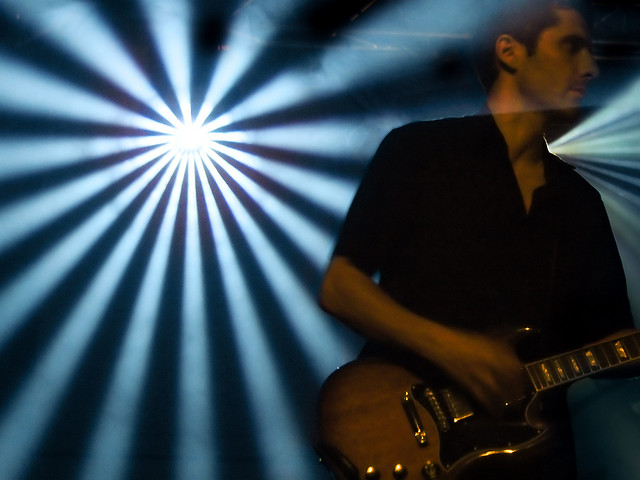
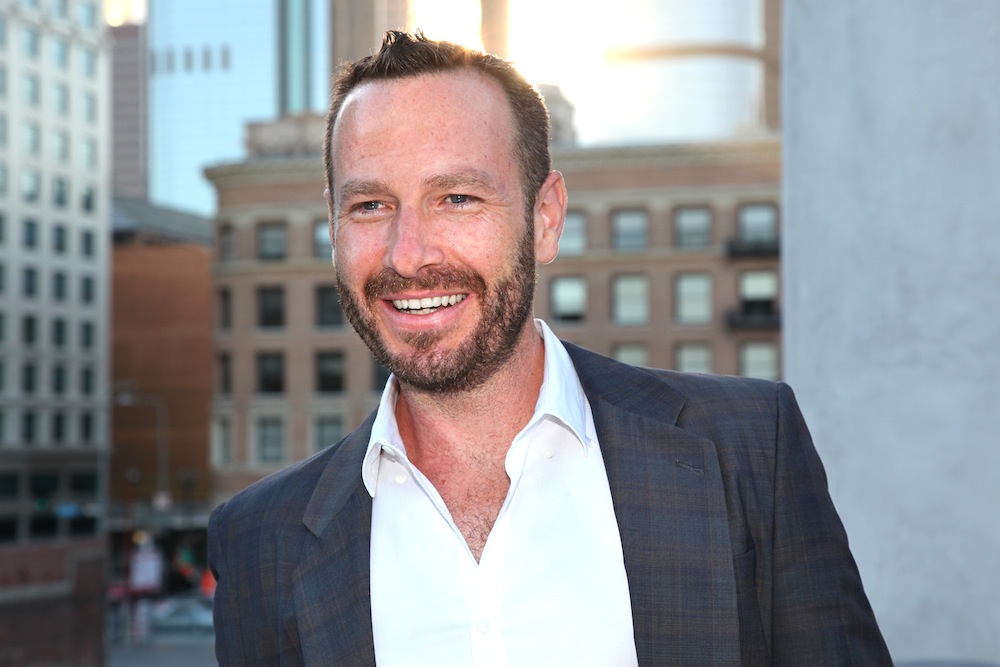
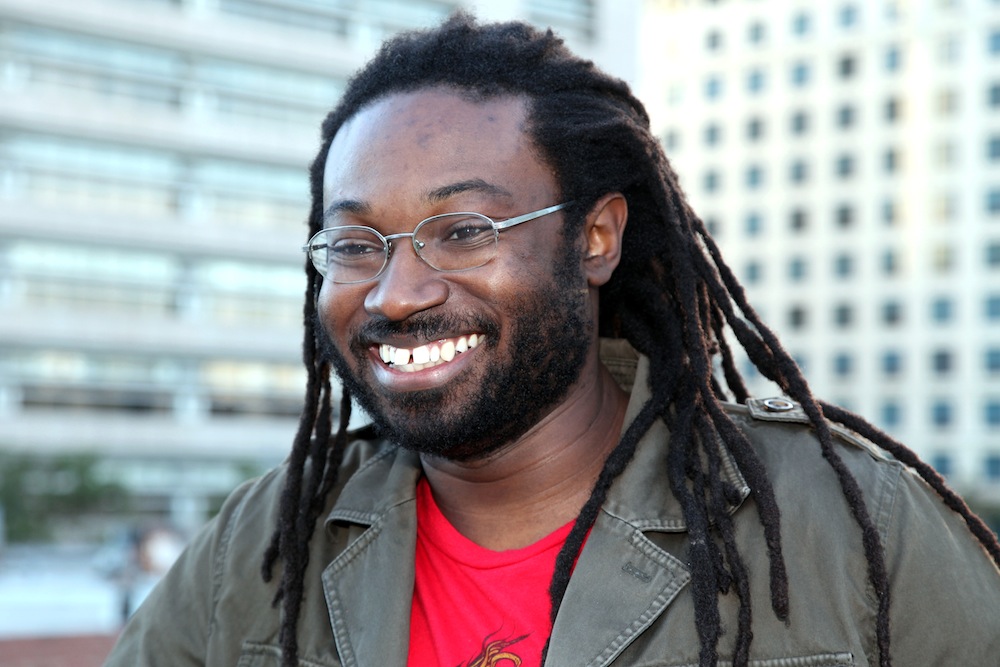
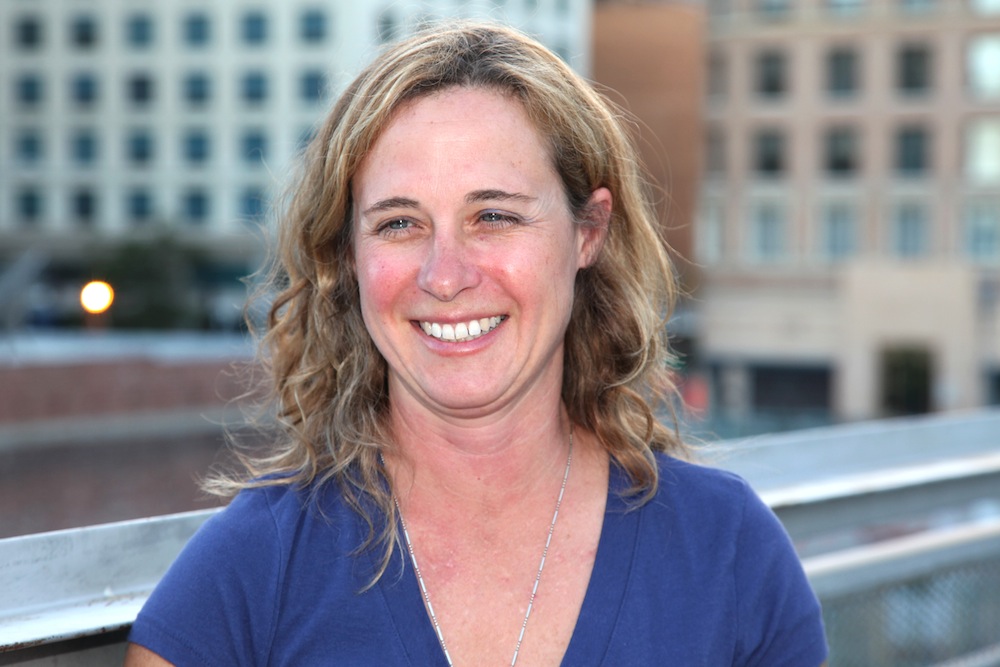
Send A Letter To the Editors